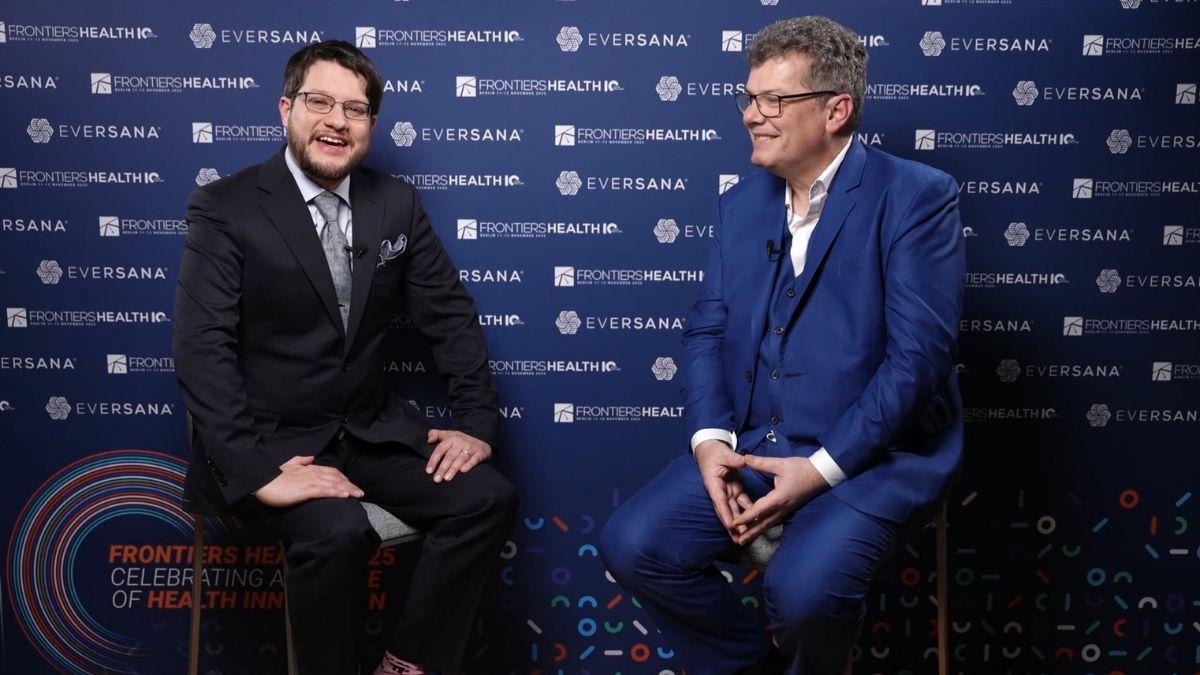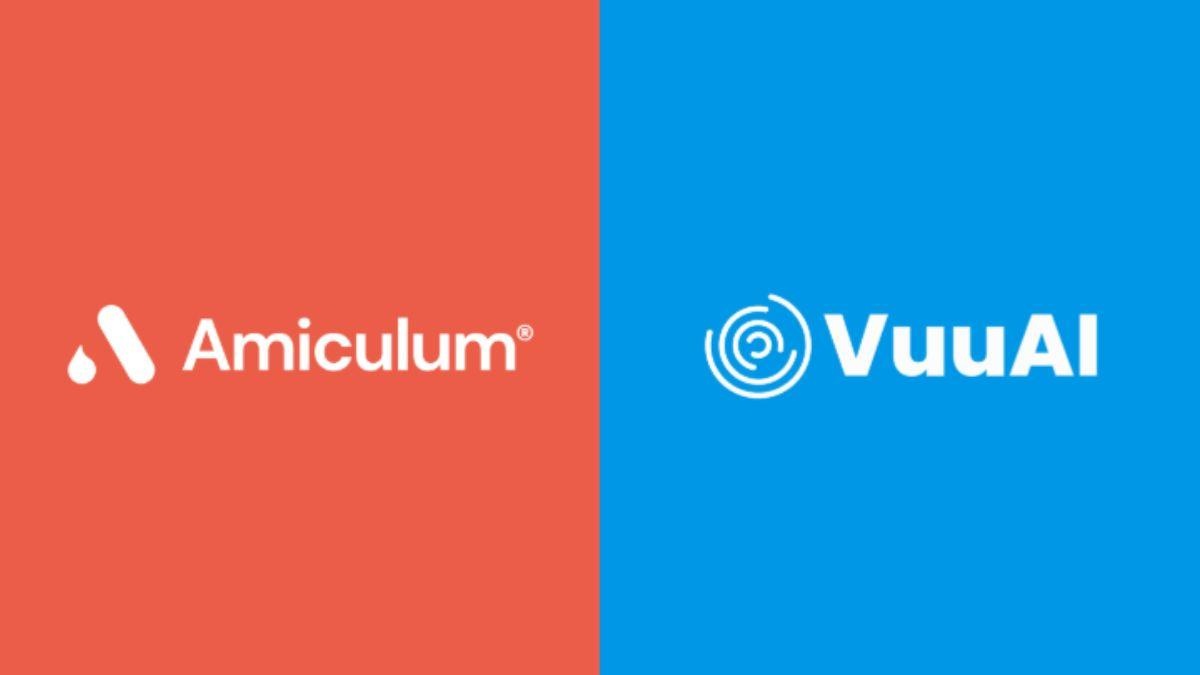5 takeaways from Super Bowl LIX: What health and pharma can learn from it

Super Bowl advertising has always been about pushing boundaries, capturing attention, and setting new creative standards. But this year, the risk-taking was noticeably dialled down. While 2024 gave us the unforgettable Michael Cera/CeraVe campaign – an inspired, all-in commitment that blurred the lines between a practical joke and genius branding – 2025 played it safer.
That’s not to say there weren’t fun or clever ads. Instacart’s brand mascot mash-up was a standout, proving you don’t need a megastar budget to make an impact. Cultural cachet can be just as valuable as celebrity endorsements, and the “brandter”– brand banter – that followed across Threads, X, and other social media channels drove strong engagement. However, it lacked the paradigm-shifting quality that makes an ad go from good to legendary.
For pharma and healthcare marketers, this raises an important question: how much risk are we willing to take? While we are part of a highly regulated industry, there’s still plenty of space for breakthrough creativity. Playing it safe may feel like the right move, but in an attention economy, it can also mean getting lost in the noise. The most expensive ad a marketer can ever produce is one that goes unnoticed.
Celebrities everywhere, especially over 50
One of the biggest trends this year? The dominance of celebrity endorsements, particularly those featuring stars over 50. I’m a GenXer. With each passing year, there’s a moment where I wonder if I’ll recognise half the celebrities in Super Bowl ads. Not this time. From Catherine O’Hara and Willem Dafoe delivering comedic gold in "Ultra Hustle" to Seal’s absurdly entertaining "Kiss From a Lime" spot for Mountain Dew, familiar faces took centre stage.
The lesson for pharma is obvious: celebrities still capture mindshare, and when the creative execution is smart – like Seal playing a literal seal or Harrison Ford making a self-aware joke about his own name when advertising for Jeep – the impact is even stronger. It’s no wonder pharmaceutical brands have leaned into this strategy. From Queen Latifah’s work with Novo Nordisk to Cyndi Lauper’s campaign for psoriasis awareness, the right celebrity with the right story can elevate a brand’s credibility and visibility. The key? Authenticity. When the tie-in feels forced or purely transactional, audiences see right through it.
Healthcare showed up, but didn’t take centre-stage
Healthcare brands had a presence, but they didn’t steal the show. Much has been said about Hims & Hers' Super Bowl spot – especially how they sidestepped the fair balance disclosures required of traditional pharma. The real eyebrow-raiser? Their decision to run an ad trashing the healthcare system while staking claim as a serious player in the $160 billion weight-loss industry. The hypocrisy wasn’t subtle; it was just seemingly unnoticed by the brand itself.
Meanwhile, Pfizer’s heartfelt ad featuring a young cancer survivor felt... a little flat. The "patient as athlete" metaphor is familiar territory and, in this case, it didn’t break new ground. Compare it to the SickKids VS campaign, which has consistently delivered raw, emotionally charged storytelling. The difference? A willingness to be bold, unconventional, and fearless.
The most effective healthcare-related ad of the night was "Your Attention Please", a campaign that flooded the screen with images of women’s breasts before landing a sobering message: So much attention. Yet so ignored. Featuring comedian and breast cancer survivor Wanda Sykes, the spot delivered both impact and authenticity – something Hims & Hers completely missed.
For pharma marketers, the takeaway is clear: emotional storytelling alone isn’t enough. It needs to be fresh, unexpected, and executed in a way that truly resonates. Healthcare brands must balance compliance with creativity, and those who master that balance will lead the industry forward.
Simplicity wins
Overcomplicated narratives sank several Super Bowl ads this year. Take Dunkin’s celeb-packed spot: if you weren’t already clued into the boyband storyline, or Jeremy Strong’s method acting, the joke didn’t land. Too many moving parts, too much reliance on context.
By contrast, Google Pixel’s “Dream Job” ad was a masterclass in emotional storytelling. At a time when AI is often painted as a job-stealing threat, Google flipped the script. The ad showed a man using AI tools to prepare for a job interview, gaining confidence and drawing strength from his role as a father. Simple. Poignant. Deeply human.
For pharma, the lesson is crucial: keep it tight. Make it resonate. Patients and healthcare professionals don’t have time for convoluted messaging. In an industry full of complexity, clarity is king. Whether it’s a Super Bowl spot or a disease awareness campaign, the most impactful work often comes down to a simple, powerful truth.
DEI messaging: Toned down and telling
Diversity, equity, and inclusion messaging saw a noticeable shift this year. Last year, the NFL urged the world to End Racism. It was plastered prominently in the endzone for all to see. Yet, this year it was stripped from the field. They ran the spot “Somebody”, driving home a significantly softer message: we are all somebody.
It was nice. But it felt like a retreat.
Gone were the bold statements that have defined recent Super Bowls. Instead, we saw safer, more broadly palatable messaging. There were strong spots championing women in sports (Dove; Nike), but one thing was clear: brands leaned into gender inclusivity while pulling back on racial diversity. Simply put, there were more women in ads, but fewer people of colour.
This shift felt especially stark when considering past campaigns that took real risks, like Nike’s Colin Kaepernick ad, which polarised audiences, but cemented the brand’s commitment to social justice. That campaign didn’t just make a statement; it became a cultural moment. Compare that to this year’s DEI messaging, and it’s hard to ignore the pullback.
It begs the question: are brands losing their appetite for risk? And if so, what does that mean for 2025?
For pharma, this is a moment of reflection. Health equity remains one of the most pressing issues in our industry. Representation in advertising isn’t just a trend, it’s a responsibility. If brands stop standing for something, they risk standing for nothing.
Final thought: What pharma can take away
Super Bowl ads aren’t just entertainment; they’re cultural barometers. They reflect what resonates with audiences, what brands prioritise, and where the creative industry is heading. For healthcare and pharma marketers, the lessons from Super Bowl LIX are clear:
- Creativity still matters. Even in highly regulated industries, breakthrough ideas win.
- Authenticity isn’t optional. Whether using celebrities or real patients, audiences can tell when it’s real – and when it’s just marketing.
- Simplicity wins. In a world of information overload, the most effective messaging is clear and compelling
- DEI shouldn’t be performative. It’s easy to embrace diversity when it’s trending, but real leadership means staying the course, even when the conversation shifts.
Pharma marketing may not have a Super Bowl-sized stage, but the stakes are just as high. If you want to make an impact, play like it’s the Super Bowl every day. Because, in an industry built on trust, the right message at the right time isn’t just a win – it’s everything.












